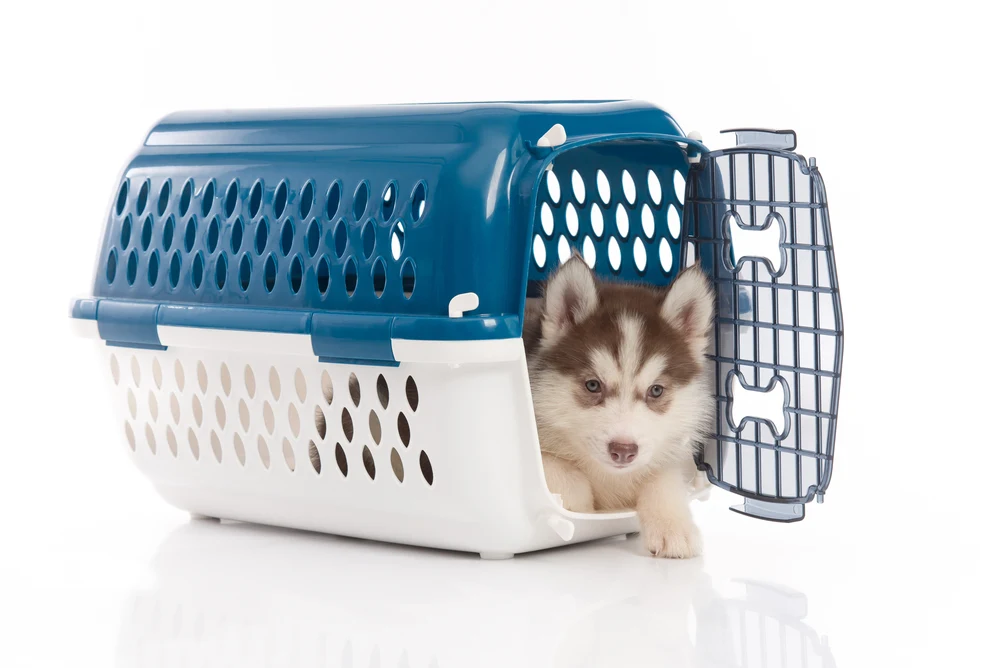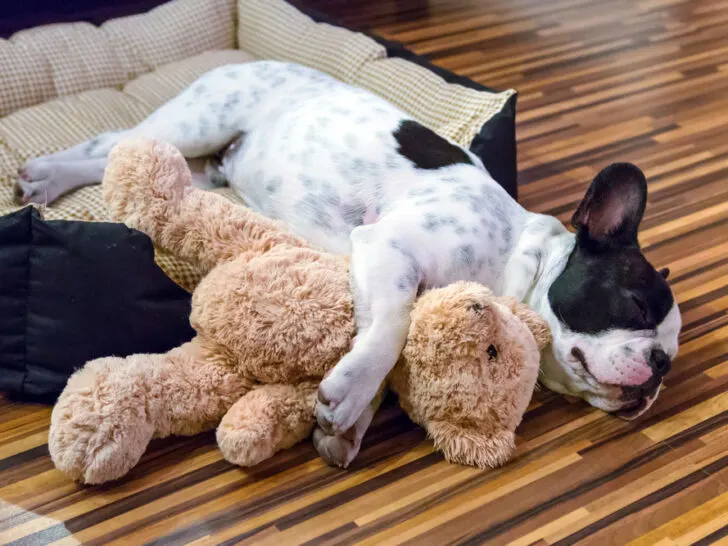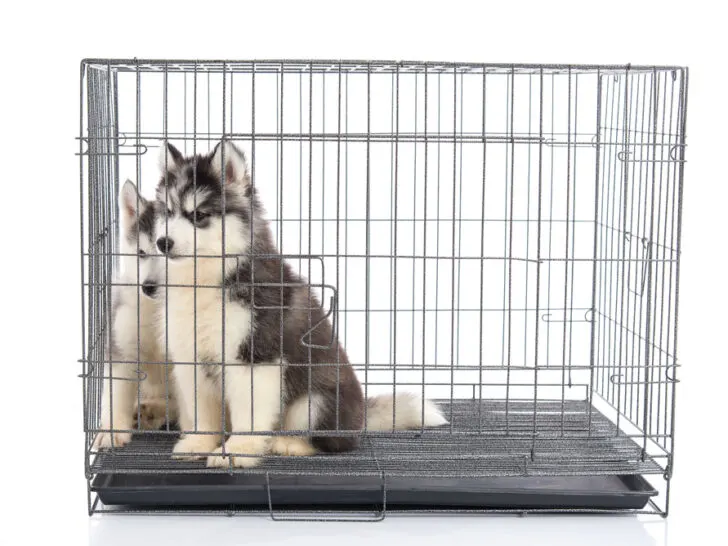Puppies can be fussy, especially when brought home for the first time. Being away from the mother and in a new environment is not easy.
Once you pick your puppy from the breeder, a few tips can help keep them comfortable. Most pet parents turn to crating as an easier and more manageable way to handle the puppies.
Crates are ideal, especially for nighttime training. It helps ensure the puppy learns to stay in one area and doesn’t roam around the house at night.

It is, however, not easy to settle on crating your puppy. Most new parents are conflicted and even view it as cruel.
I believe crating your puppy has its perks when done right. Choose the right-sized crate.
Also, ensure to have the dog is associated with positive training.
Most experts recommend crating for various reasons. Experience has taught me that crating puppies leads to faster potty training.
It is also easy to develop patterns.
I find it easier to help my puppies develop positive habits and behaviors when I use the crate. We also tend to develop a routine faster whenever the puppy uses a crate.
Why you Must Lock the Crate at Night
The dangers of having a puppy in unlocked crates are many. First, they tend to roam and wander off, which could lead to accidents since you are not watching them.
Most puppies will also be free to pee anywhere they want, hence developing bad potty habits. Many new pet parents complain of interrupted sleep schedules.
This happens when they fail to lock the puppy’s crate.
We all agree that crating is an important part of their training. Moreover, the crate training window is small, and you must start immediately when you get home.
Usually, the puppy will resist the crate hence the need to do it positively. Once the puppy associates the crate with positivity, your training will be easy.
It is also more rewarding.
First, ensure that the puppy explores the crate once you get home. Forcing them in and locking the crate once you switch the lights off works against the goal.
Use treats if you need to encourage the dog to accept the crate. A reward system is more likely to yield better results as far as puppies are concerned.
When to Stop Locking the Crate

Note that you only lock the crate for a certain period. The puppies will learn first; a time will come when locking is unnecessary.
If the puppy learns to calm down immediately, you can tell it’s time to stop locking the crate. Another advantage is that it’s unlikely to mess around when the puppy is entirely potty trained.
However, keep an eye on the puppy even after learning to calm down. Some puppies retreat to aggressive unpleasant behaviors once they stop locking the crate.
If you notice that the puppy jumps out of the crate and runs out to play, it may be a sign to revert to locking the crate.
Note that this phase is known as the transition phase. Your puppy may be stubborn.
Go through the settling and unsettling phases severally.
The good news is that by 4 to 6 months, the puppy will be big enough. You may not need to lock the crate since the routine is established.
Observe your dog’s behaviors once the lights are out. If they can sleep comfortably with the lights out, then it is your cue to unlock the crate.
Try your best to stay consistent until the dog learns. Avoid abrupt routine changes. This often sends mixed signals and interrupts routine formation.
You can switch the crate with their favorite dog bed when your dog learns the right habits. All dogs need a sense of safety and can sleep anywhere.
Is Transition to a Bed Mandatory?

This is majorly a matter of preferences. Some homeowners use large crates to accommodate any size of the dog.
In such cases, you can leave your dog in unopened crates for the rest of its life. However, if you prefer them to move to a dog bed, then this is what you should opt for.
Sometimes the dog makes the decision themselves. Some dogs may continue sleeping inside the crate and refuse to transition to an outside bed.
Never force them but try to encourage them to transition to the bed if you must get rid of the crate. Eventually, with a bit of persuasion, you will achieve your goal.
What Works When Training Dogs for Sleep?

Most pet parents get it wrong when they fail to stay consistent. For instance, you may want your dog to sleep on a bed.
Choosing to have them sleep on your bed or their bed while allowing them to sleep in the crate is confusing for them.
Dogs are habit-forming creatures, so it helps to remain consistent when training them. The danger of inconsistency is that the dog may stick with their preferences.
You may have to forgo your favorite spot on your bed when your dog refuses to leave the bed.
It is accessible to crate-train dogs and eventually transition them to their beds. However, this takes a bit of time and consistent repetition.
Only transition once the previous lesson is fully understood. This way, your dog remains disciplined and less stubborn.
While there are many options for dogs regarding sleep training, it is important to pick one. Please stick to your choice until your dog is accustomed to it too.
People Also Ask
Should I shut my puppy in a crate at night?
Yes, you should if you want to help them develop proper sleep habits. Just be sure to place the crate next to your bed and respond immediately in case of anything.
Should I close the door on my puppy’s crate?
Don’t close the door immediately the first time. Practice and reward the puppy when it successfully stays inside the crate. Only then should you proceed to lock it in.
When should I stop locking my puppy in his crate at night?
Stop locking the crate once the dog is disciplined enough. It will show signs of settlement and have no problem being left alone inside the crate.
